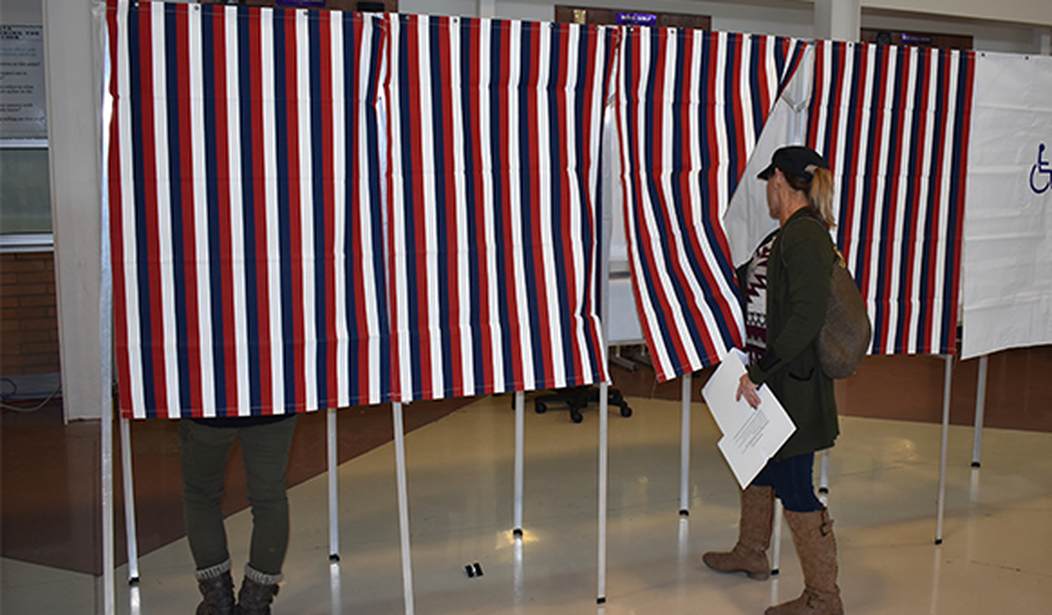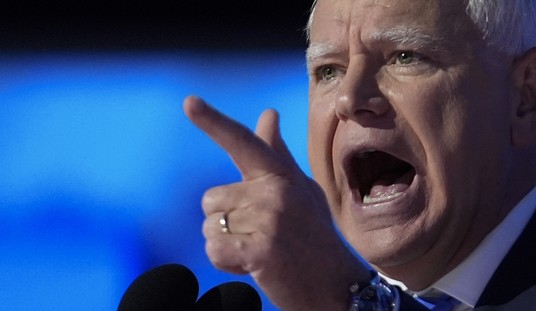For a long time, it was an axiom in politics that a heavy turnout favored Democrats. But that dynamic is giving way to a far more volatile metric: voters who usually don't vote becoming engaged in this election.
They're called "irregular voters," and a quirk of this election is that Joe Biden is leading among voters who usually vote while Donald Trump is leading among voters who rarely or never vote.
Trump's appeal to irregular minority voters may be the key that brings him victory — if they show up to vote. Republicans have no experience in attracting these irregular minority voters and getting them to the polls. They're sort of making it up as they go along. They're not even sure how to identify these voters, which is the first step in getting them to the polls.
Democrats aren't trying to differentiate between their minority voters and Trump voters. So they're going to target all of them and hope for the best.
“What all this means is this election has volatility,” says Daniel Hopkins, a University of Pennsylvania political scientist who has studied the widening partisan divergence of irregular voters. “We used to expect that the marginal non-voter, the next voter who turned out if an election was very engaging, didn’t look different from people who did vote. In this case, the crowd that hasn’t gotten engaged looks very, very different.”
The difference is that these irregular voters will help Trump crush Biden if the former president can find a way to get a lot of them to the polls.
Merged results from the three most recent national NBC polls, conducted by a bipartisan team of prominent Democratic and Republican pollsters, for instance, found that Biden leads Trump by 4 percentage points among people who voted in both 2020 and 2022. But among those who voted in 2020 but not 2022, Trump led Biden by 12 percentage points. Trump’s lead swelled to 20 percentage points among those who did not vote in either 2020 or 2022. Fully 65% of those who did not vote in either of the past two elections said they disapproved of Biden’s performance in office.
Also, results from some recent NY Times/Siena Polls show a similar split: Biden narrowly leads among potential 2024 voters who turned out in 2020 while Trump holds a double-digit lead among those who didn't vote in 2020.
“For more infrequent voters, these are often people who pay less attention to politics and whose political barometer is more the question of how is my family doing economically, how does the country seem to be doing,” Hopkins said. “For those voters, Donald Trump…is not especially unusual.” By contrast, Hopkins said, a “sizable sliver” of habitual voters “have a sense that Trump may be qualitatively different than other political candidates with respect to norm violations and January 6.” For less frequent voters, he added, the equation may be as simple as “they don’t love what they see with Joe Biden, and if Donald Trump is the person running against Joe Biden, they want change.”
Related: Poll of 18 to 30-Year-Old Americans Finds Vast Majority See 'America in Decline'
The question uppermost in the minds of campaign strategists is what the political landscape will look like in October or early November.
“It’s May,” said Republican pollster Bill McInturff, whose firm conducts the NBC poll with a Democratic partner. “This data matters when people start having to vote.”
Turnout was especially modest among the Black and Latino voters who have shown the most receptivity to Trump — men without a college degree. Only slightly less than half of them voted in 2020, Frey found.
Most experts who study turnout consider it unlikely that as many people will vote this year as in 2020, largely because so many voters hold negative views about both Biden and Trump. After a record 160 million people voted in 2020, Bonier said his preliminary calculation is that turnout in 2024 is more likely to reach between 145-150 million with the possibility that as few as 140 million people will vote. Jeremy Smith, CEO of Civitech, a Democratic voter data and targeting firm, said that the number of people registered to even potentially vote is way down from the total at this point in the 2020 cycle.
“Generally, if you said there are two possible electorates — one is 140 million people voting and one is 160 million people — the high likelihood is that the 140 would be better for Biden,” said Bonier.
So higher turnout favors Trump? It's a world turned upside down.










Join the conversation as a VIP Member